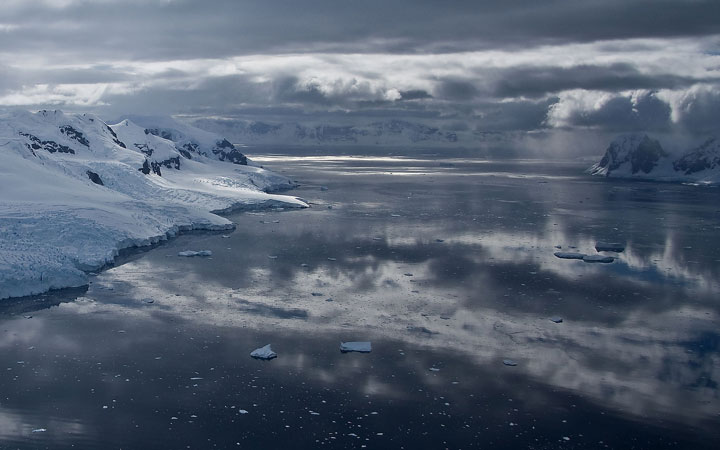TORONTO – Scientists have discovered ice channels as high as 250 metres beneath a floating ice shelf in Antarctica.

Read more: Satellite finds flood beneath Antarctica
Researchers from the University of Exeter, Newcastle University, the University of Bristol, the University of Edinburgh, the British Antarctic Survey and the University of York used satellite and radar instruments to reveal the channels beneath the Filchner–Ronne Ice Shelf in West Antarctica.
The channels, which stretch for hundreds of kilometres, are believed to have formed by meltwater.
The evidence suggests that water melts beneath the grounded ice sheet and runs into the ocean. It then forms a plume of ocean water which in turn melts out the channels beneath the ice sheet.
Researchers found that the way the water flows, which is more like a river than previously thought, strongly influences the speed of ice flow. However, what the implications are for the future of ice sheets is unknown.
“If we are to understand the behaviour of the ice sheet, and its contribution to changes in sea level, we need to fully understand the role of water at the base of the ice sheet, said Dr. Anne Le Brocq from the University of Exeter. “The information gained from these newly discovered channels will enable us to understand more fully how the water system works and how the ice sheet will behave in the future.”


![The ice shelf channel is clearly visible on the MODIS Mosaic of Antarctica image map; the predicted flow route of water beneath the grounded ice sheet aligns with the initiation of the ice shelf channel. The dashed line marks the point at which the ice starts to float. (MODIS Mosaic of Antarctica [MOA] Image Map/Anne le Brocq)](https://globalnews.ca/wp-content/uploads/2013/10/iceshelf.gif?w=720)
Comments